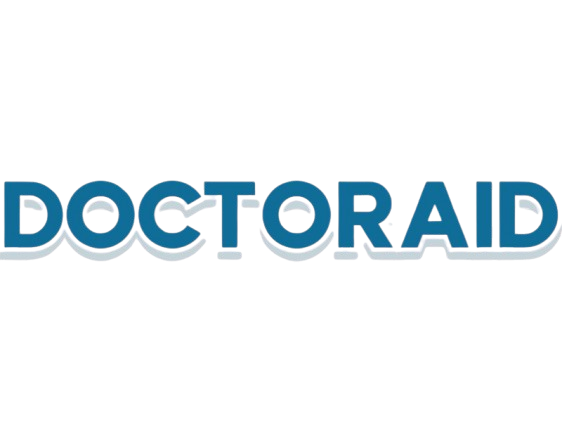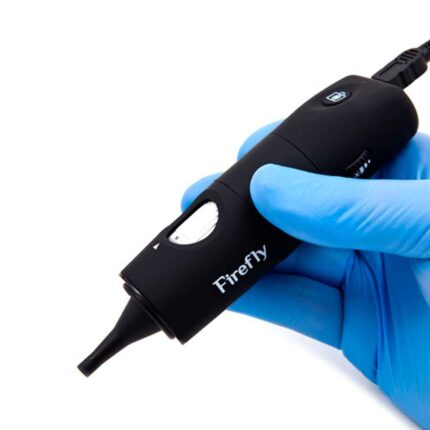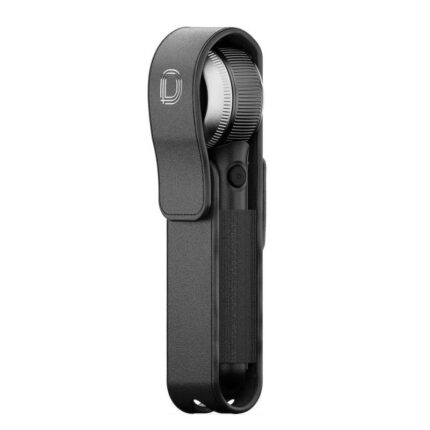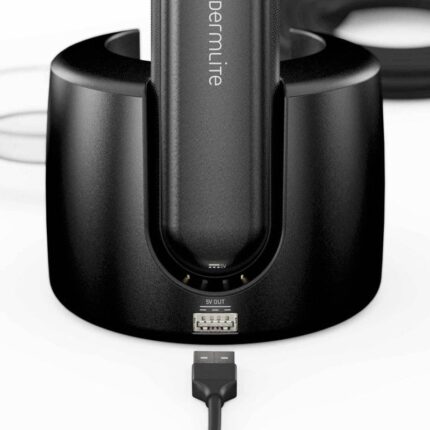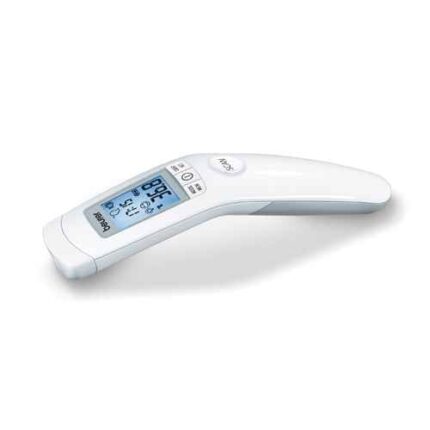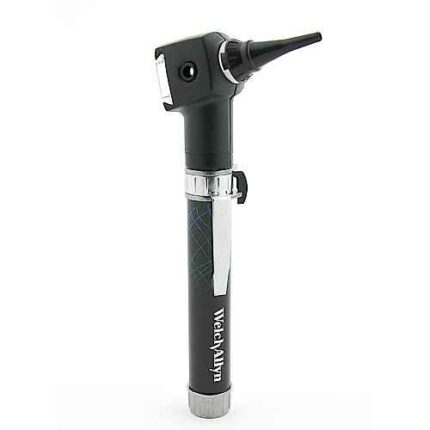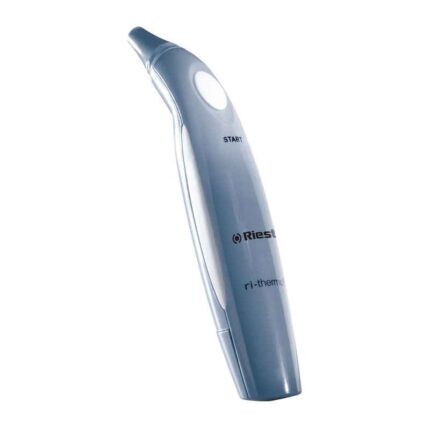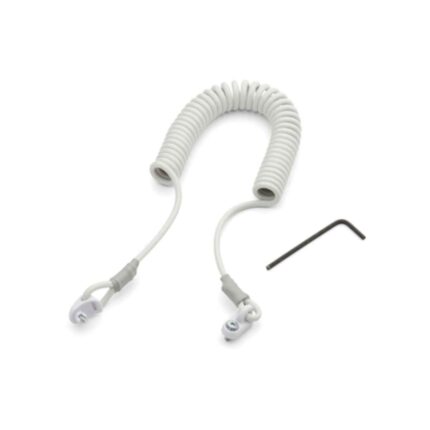Understanding Diagnostic Equipment: Types, Functions, and Innovations
Modern medicine relies heavily on diagnostic equipment, which gives medical practitioners the means to precisely identify, diagnose, and track a wide range of medical disorders. Diagnostic equipment comes in a wide range and is always changing, from imaging technologies to laboratory instruments. The various kinds of diagnostic equipment, their uses, technological developments, and their effects on patient care will all be covered in this in-depth investigation.
What is Diagnostic Equipment?
Diagnostic equipment refers to a wide range of tools and devices used to identify, monitor, and manage health conditions. These tools can be employed in various healthcare settings, including hospitals, clinics, and laboratories. Accurate diagnostics are essential for effective treatment planning and monitoring patient health, making diagnostic equipment integral to patient care.
Types of Diagnostic Equipment
1. Imaging Equipment
The main purposes of X-rays, one of the most traditional and widely used imaging modalities, are to inspect bones and identify fractures. Additionally, they are employed in chest exams and dental evaluations.
Computed Tomography (CT) Scans: CT scans provide cross-sectional images of the body by using X-ray technology. They are helpful for identifying cancers, internal injuries, and other difficult illnesses because they provide precise views of organs, tissues, and structures.
Magnetic Resonance Imaging (MRI): MRI is a valuable diagnostic tool for diseases of the brain, spinal cord, and joints. It creates comprehensive images of soft tissues by utilizing radio waves and strong magnets.
Ultrasound: This imaging method uses sound waves to provide pictures of the body's internal organs and structures. In obstetrics, it is frequently used to track fetal development.
2. Laboratory Equipment
Blood analyzers: These instruments analyze blood samples in a number of ways to determine general health, identify illnesses, and keep track of ailments. They are able to examine elements such as hemoglobin levels, electrolyte balances, and the counts of red and white blood cells.
Microscopes: For the examination of cells and microbes, microscopes are indispensable. They are employed in microbiology to find infections and in pathology to identify malignant tissues.
Immunoassay Systems: These devices identify and measure particular chemicals in blood or other fluids, such as hormones or antibodies. They are frequently employed in diagnostic procedures, such as those for infectious illnesses.
3. Cardiac Diagnostic Equipment
Electrocardiogram, often known as an EKG or ECG: An ECG is a diagnostic tool used to assess cardiac disorders such as arrhythmias and heart attacks by measuring the electrical activity of the heart. Heart rhythms can be continuously monitored with portable ECG devices.
Echocardiogram: This ultrasound-based test allows for the measurement of heart size, blood flow, and valve function by providing images of the structure and function of the heart.
Holter monitors: These portable gadgets record the heart's rhythm continuously for a period of 24 to 48 hours, giving important information for the diagnosis of sporadic cardiac problems.
4. Point-of-Care Testing (POCT)
- Glucose Meters: Used primarily by individuals with diabetes, these devices measure blood glucose levels quickly, allowing for real-time management of the condition.
- Rapid Tests: These tests provide quick results for various conditions, such as strep throat or COVID-19. They are essential in emergency rooms and urgent care settings for prompt decision-making.
- Functions of Diagnostic Equipment
- Diagnosis: The primary function is to identify medical conditions accurately. Whether through imaging, laboratory tests, or vital signs monitoring, these tools help clinicians make informed decisions.
- Monitoring: Many diagnostic devices allow for ongoing monitoring of patients, particularly those with chronic conditions. This continuous assessment enables timely interventions and adjustments in treatment plans.
- Screening: Diagnostic equipment plays a vital role in preventive medicine by screening for diseases before symptoms appear. Regular screenings can lead to early detection of conditions like cancer, diabetes, and cardiovascular diseases.
- Research and Development: Advanced diagnostic tools contribute to medical research, helping scientists understand diseases better and develop new treatments.
-
Advancements in Diagnostic Technology
Artificial Intelligence (AI): Diagnostic imaging and laboratory analysis are being linked with AI and machine learning. These tools can improve precision, shorten the time needed for interpretation, and spot trends that human analysts might miss.
Telemedicine and Remote Monitoring: As telemedicine has grown in popularity, instruments for remote diagnostics have been developed, enabling medical professionals to evaluate patients from a distance. Real-time monitoring of vital signs and other health parameters is made possible by wearable technology and mobile health applications.
Nanotechnology: Researchers are looking at using nanotechnology to create diagnostic tests that are more precise and sensitive. Because nanosensors can identify biomarkers at extremely low concentrations, diseases may be diagnosed early.
- Devices that are Miniaturized and Portable: Miniaturization advances have produced portable diagnostic tools that are applicable outside of conventional hospital environments. In isolated or underdeveloped places, these gadgets are especially helpful.
-
The Impact of Diagnostic Equipment on Patient Care
Increased Precision: Better diagnostic instruments result in more precise diagnoses, which lowers the risk of incorrect diagnosis and unsuitable therapy.
Faster data: Quicker testing and imaging methods yield data more quickly, enabling prompt interventions and improved patient outcomes.
Personalized medicine: Thanks to developments in diagnostics, medical professionals may now customise a patient's course of therapy to suit their unique needs and responses.
Cost-Effectiveness: By avoiding complications and lowering the need for lengthy treatments, early identification and accurate diagnosis can lower the total cost of healthcare.
-
Conclusion
- Diagnostic equipment is a cornerstone of modern healthcare, offering the key tools needed for proper diagnosis, monitoring, and treatment planning. The capabilities and applications of diagnostic equipment will grow as technology develops, improving patient outcomes and treatment. Comprehending the diverse categories of diagnostic apparatus and their operational mechanisms is imperative for healthcare practitioners and their clients alike, as it underscores the significance of precise and prompt diagnosis in attaining peak health.
